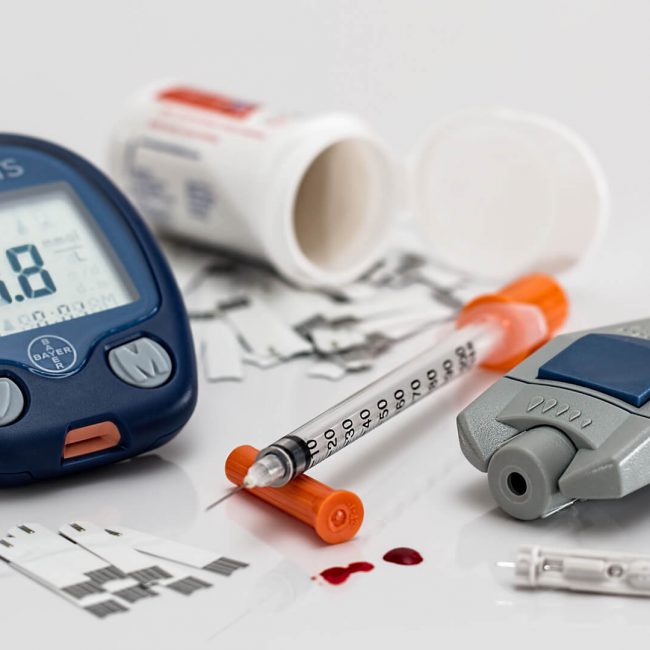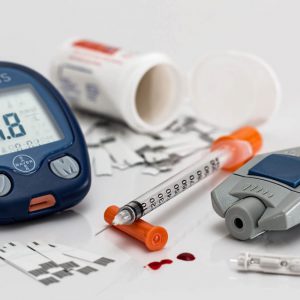Typically, a test for total testosterone is used for diagnosis. The total testosterone test measures testosterone that is bound to proteins in the blood (e.g., albumin and sex-hormone binding globulin [SHBG]) as well as testosterone that is not bound (free testosterone).
To detect an abnormal testosterone level in males and females; in males, to help diagnose the cause of erectile dysfunction or the inability of your partner to get pregnant (infertility); in females, to help diagnose the cause of masculine physical features (virilization), infertility, or polycystic ovary syndrome (PCOS); in children, to help determine the cause of genitals that are not clearly male or female (ambiguous genitalia) or delayed or early puberty.
In general, the normal range in males is about 270 to 1070 ng/dL with an average level of 679 ng/dL. A normal male testosterone level peaks at about age 20, and then it slowly declines. Testosterone levels above or below the normal range are considered by many to be out of balance.



